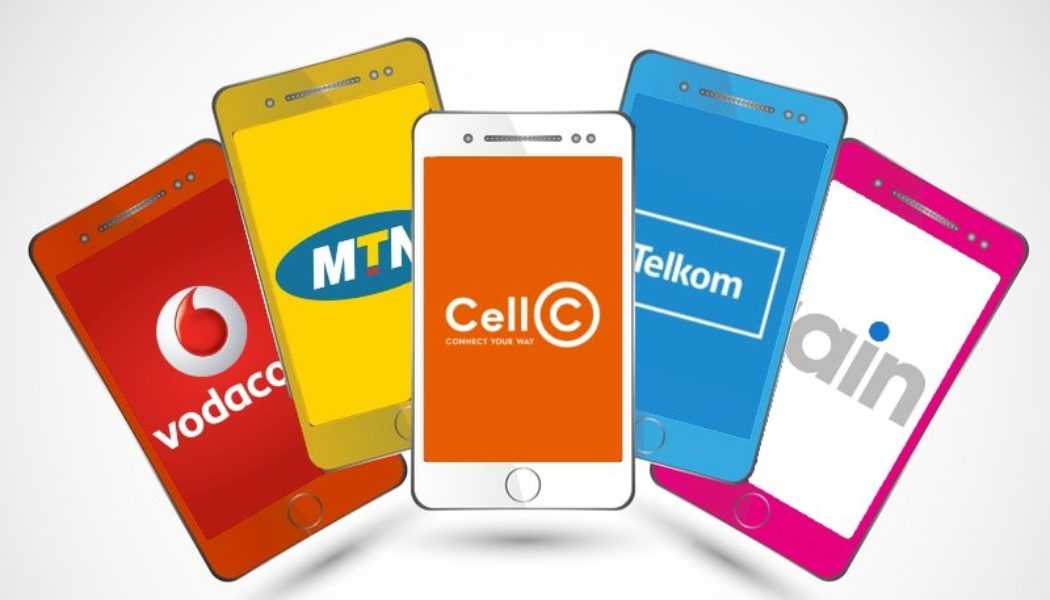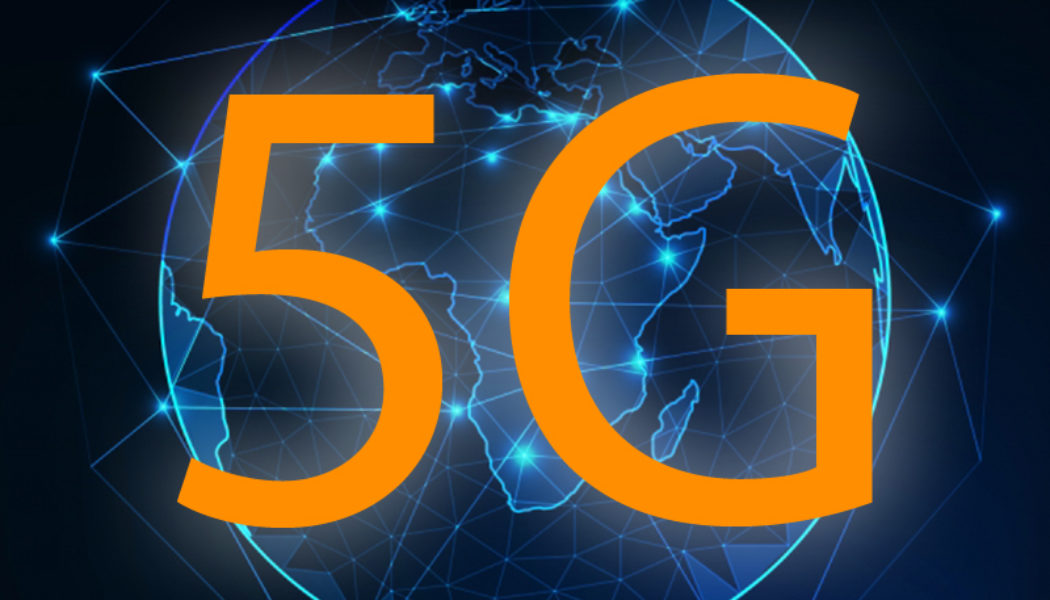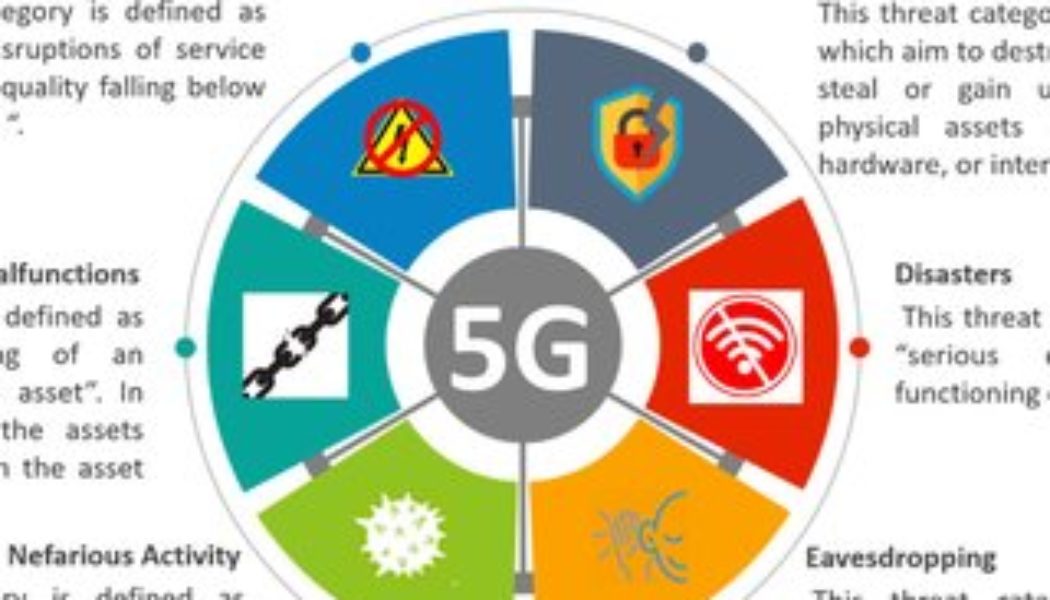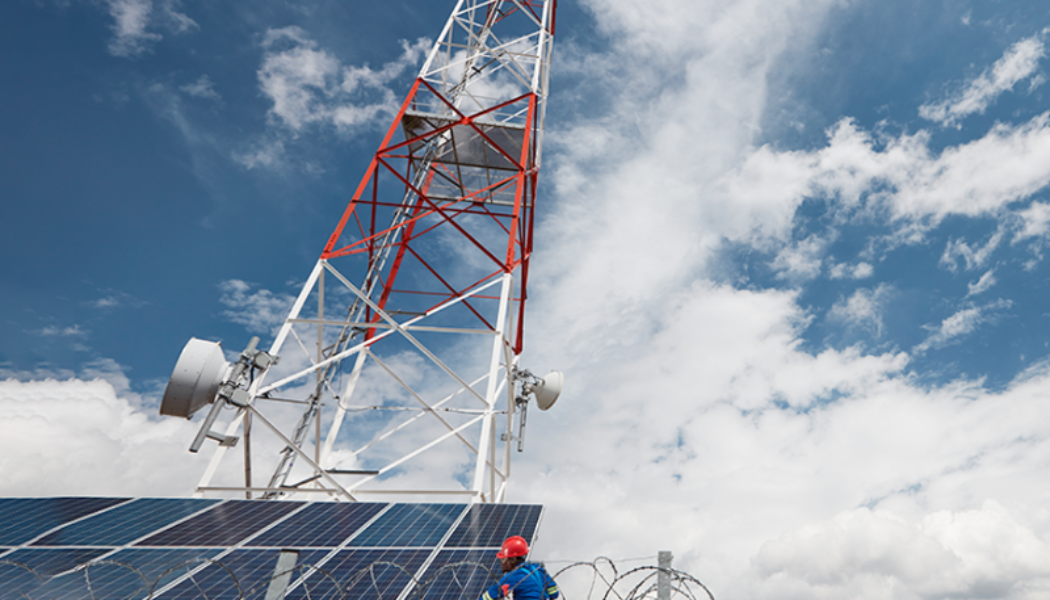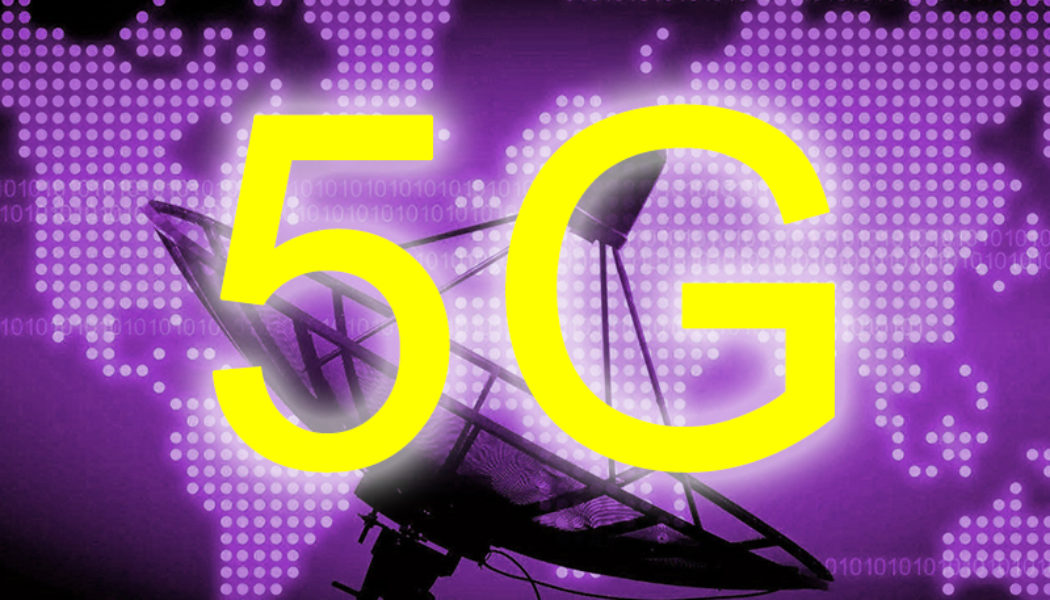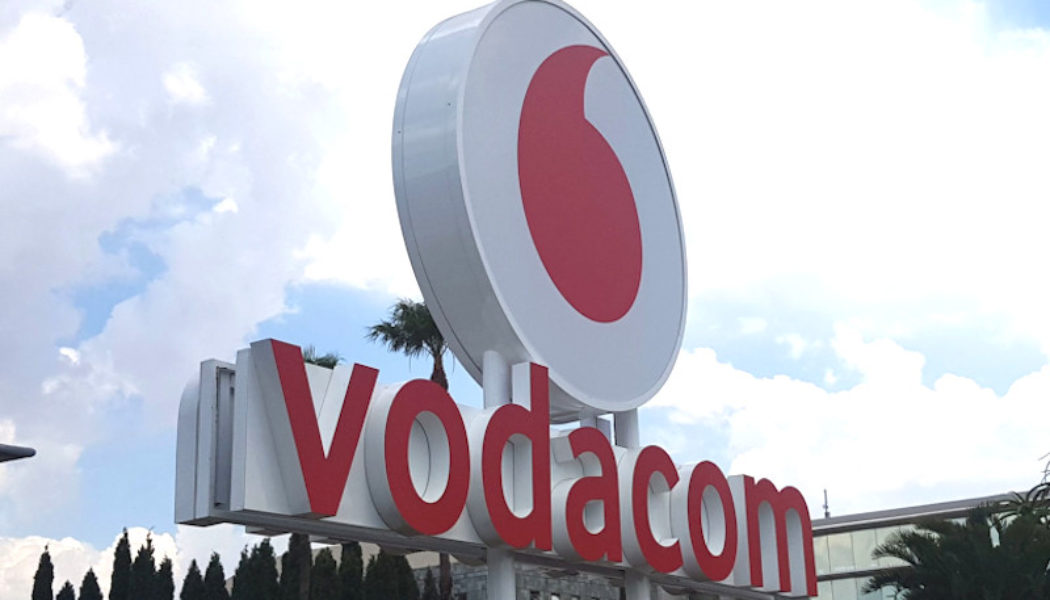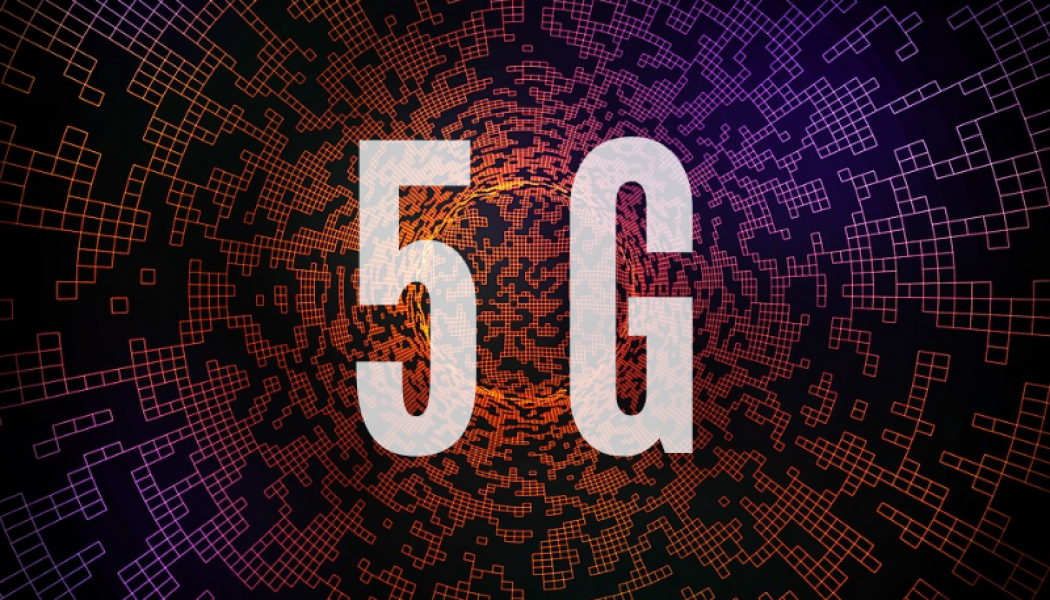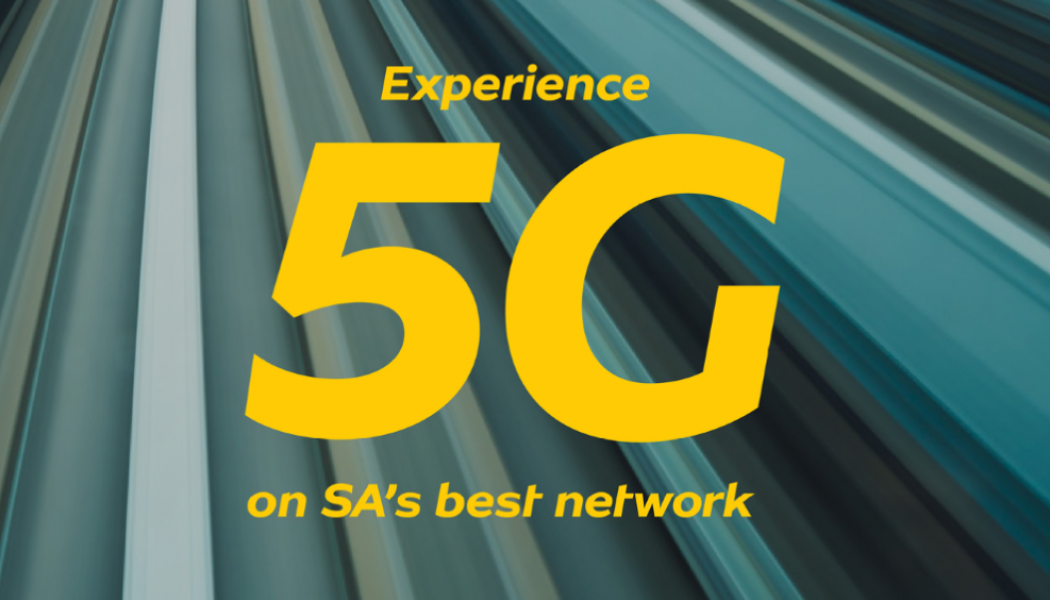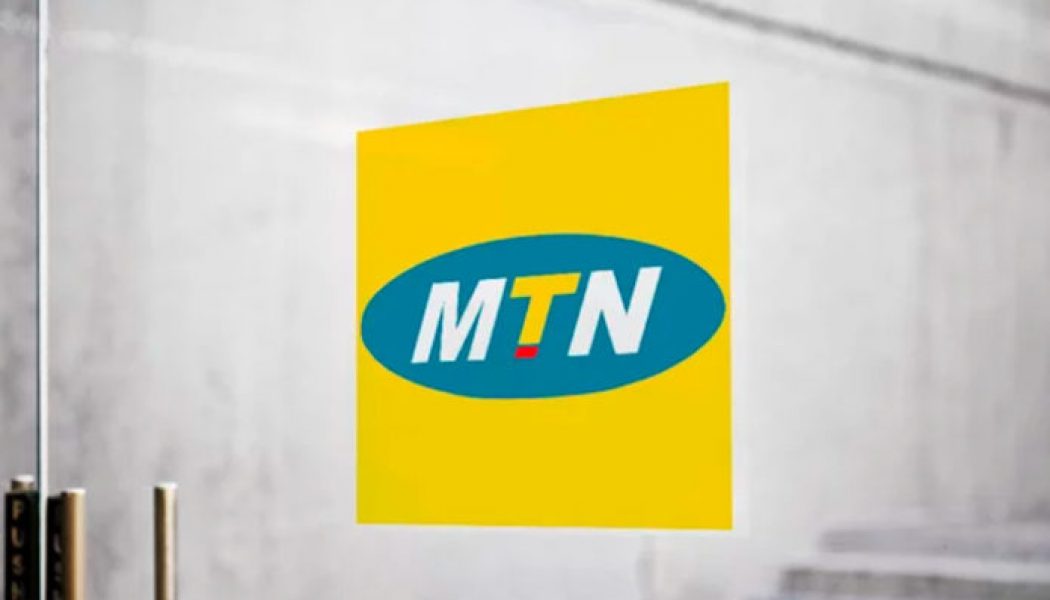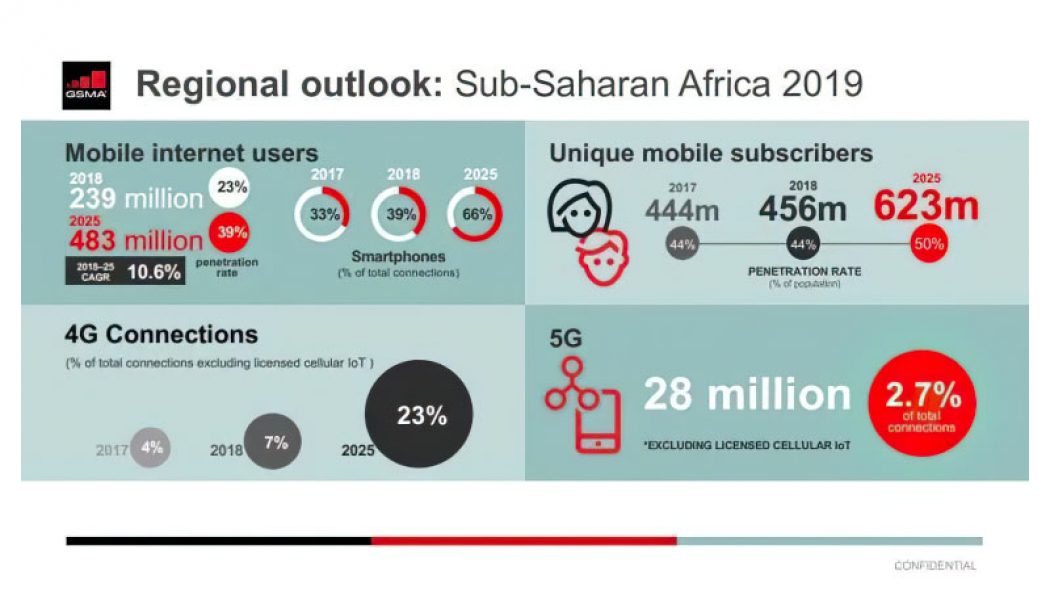5G South Africa
Benefits & Challenges of Harnessing 5G in South Africa
Fifth-generation (5G) wireless broadband is no longer a future technology – it’s here and is already available in limited key metropolitan areas in South Africa. The country, with its limited Internet access and infrastructure, high data costs and ailing economy, can benefit in multiple ways from 5G. However, there are also some issues that South Africa needs to deal with as communication service providers (CSPs) gear themselves for the 5G era and maximise the value the technology can bring. A recent study by IT services and consulting company Accenture, titled The Future Home in the 5G Era, opens a window into consumer lives in a 5G world and offers a roadmap for service providers to make hyperconnected 5G living a reality when we need it most. Globally, the value of access to information...
Why South Africa Needs Fibre to Drive 5G Connectivity
5G is paving the way forward for the connectivity that digital technologies increasingly require, but it offers a lot more than just unprecedented mobile data connection speeds. 5G is capable of handling many more connected devices, has ten times lower latency than 4G, and enables ‘network slicing’ which can prioritise specific users, services, or devices during times of network overload. With all these benefits, it’s no surprise that many people have the misconception that 5G will ultimately replace fibre, when in fact 5G without fibre would not exist. The 5G mobile network is currently being rolled out in South Africa and will still take a few years to become widely available. Even then, 5G networks will not eventually replace fibre optic networks but rather complement them by offering m...
Has South Africa Run with 5G Before it could Walk?
A number of South African telecommunications companies have recently launched local 5G networks. “The decision to introduce 5G means the service provider has determined that there are enough people in one place who are able to pay for super-fast wireless internet. Yes, it is a great technology. It is fast. It is the cream of mobile terrestrial telecoms and it serves the elite few who can afford it,” says Victor Stephanopoli, COO of MzansiSat. When 2G was introduced to South Africa in 1992, 2G networks were the first to offer data services and SMS text messaging. 2G was followed by LTE, which became 3G and which offered faster data transfer and video calling, making it preferable for smartphones. In 2012, 4G was launched in SA, initially only covering small areas in Johannesburg. Stephanopo...
